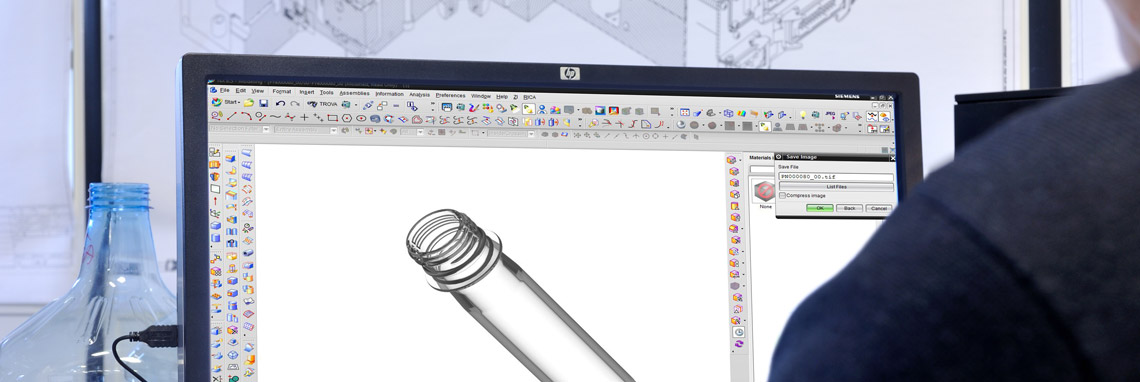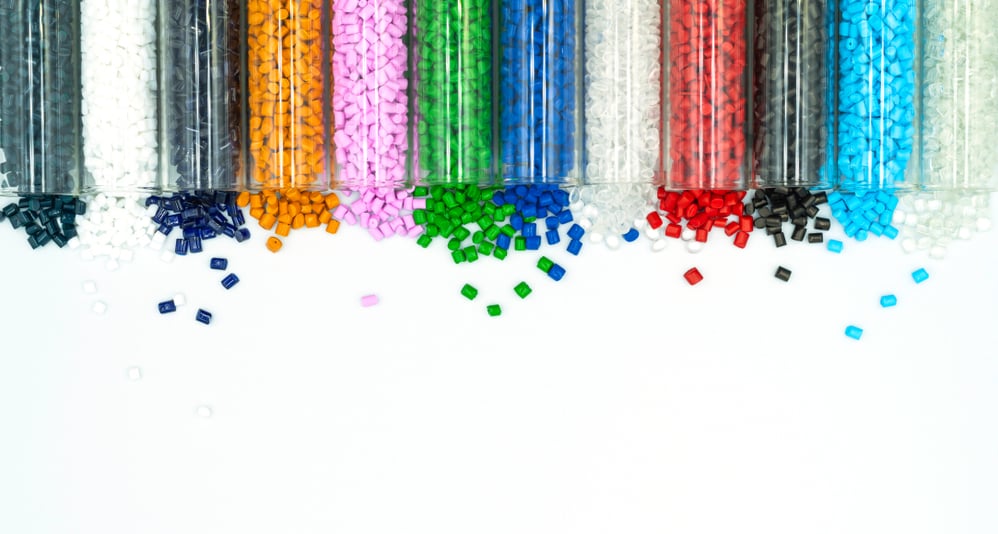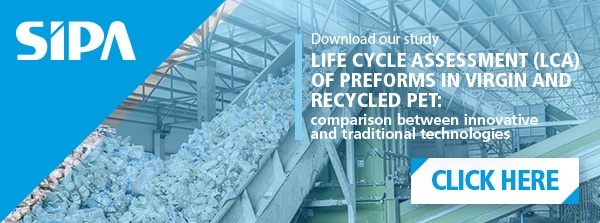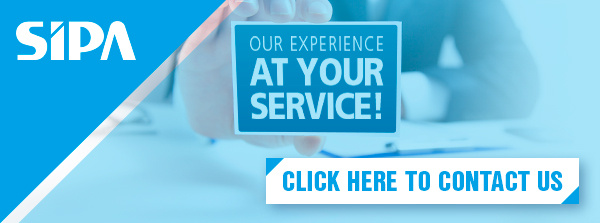Growing public attention to plastic pollution is making consumers turn towards packaging made from recycled material.
The companies using or producing this material are increasingly attentive to innovations that will make processes more eco-sustainable and use fewer virgin materials.
One of the sectors that is most sensitive to this cultural and industrial change is that of beverages.
As a result, the production of PET preforms and bottles in recent years has evolved greatly, in a search for processes that combine the use of recycled materials with a quality end product.
Let us analyse what R-PET is, what problems have to be overcome to use it to the best advantage and which are the best technologies to create preforms and containers.
What is R-PET and how is it produced?
It is a known fact that polyethylene terephthalate, or PET, is a thermoplastic resin forming part of the macro-group of polyesters, and it is a material suitable to produce containers for the food & beverage industry.
PET bottles are widely distributed, both through sale of water and fizzy drinks, but also for milk, oils, alcoholic beverages.
The products made using this polymer can be totally recycled and re-used for packaging and containers. In this case it is known as Recycled-PET, which is abbreviated to R-PET.
Specialist companies are responsible for recovering the PET from certified recycling centres, dividing it into coloured and transparent, shredding it and melting it down to obtain new material that can be used in contact with foodstuffs.
R-PET takes the form of granules or flakes and can be used in place of PET, if subjected to thorough processes that prevent the problems typical of this recycled product from occurring.
READ ALSO: "Environmental sustainability in bottling: reduction of CO2 emissions and rPET"
Critical points in the use of R-PET to produce preforms
Post-consumer PET is collected and reprocessed to obtain pellets to be processed with the same equipment used for virgin PET, so giving considerable environmental advantages for preform and, subsequently, bottle production processes.
However at this point there arise critical features due to the different characteristics of R-PET with respect to virgin PET. More specifically, R-PET shows greater instability when subjected to process conditions during the injection phase.
This instability mainly takes the form of a greater tendency to suffer thermal decay than the virgin material.
The main effects of that decay are:
- Colour change (yellowing)
- IV fall
- Generation of acetaldehyde
- Generation of dusty residue
To keep these phenomena to within an acceptable limit, preform manufacturers must adopt countermeasures that can often reduce their manufacturing efficiency. However, there are now technologies that optimise the use of R-PET.
READ ALSO: "All you need to know about PET preforms"
Solutions for R-PET plastic preform production
Investments in research and development by companies making machines for the production of preforms and containers have allowed recycled PET to be use, limiting the problems described above to such an extent that they are almost totally eliminated.

In this area Sipa plays an important part in helping R-PET preform manufacturers, by producing systems designed to minimise the effects of polymer decay and at the same time rendering the production processes more tolerant of side effects.
The technological solutions that have made the production of R-PET preforms more efficient relate to:
- Use of X-flow design for the hot-runner channels, thus optimising flow dynamics, which translates into less stress for the polymer during passage inside the hot-runner;
- Use of self-cleaning systems both for the hot-runner and for the cold half, providing for continual removal of the waste dust from the system, greatly reducing the need for machine stoppage so that it can be removed manually by the operator
The XTREME RENEW system, created by Sipa in collaboration with Erema, is the first plant for the production of preforms and bottles that uses R-PET alone starting from flakes.
READ ALSO: "Preform line products: XTREME Renew. 100% rPET preforms from flakes"
The advantages are considerable, starting with energy savings, which also result in extra earnings and, above all, greater respect for the environment.







